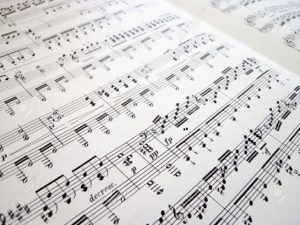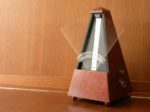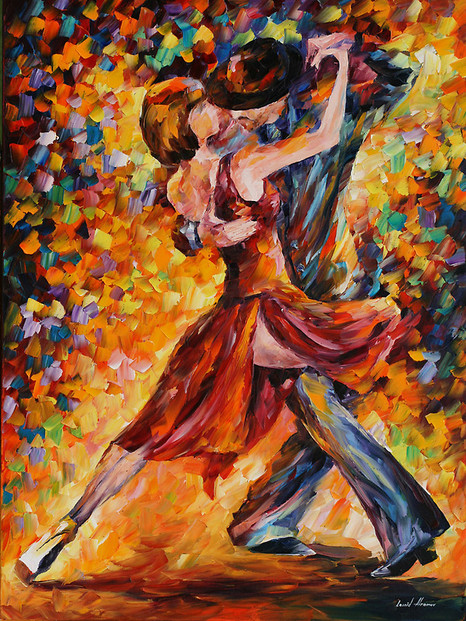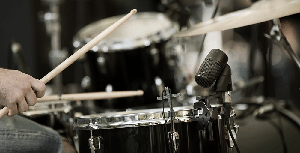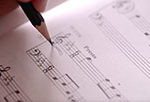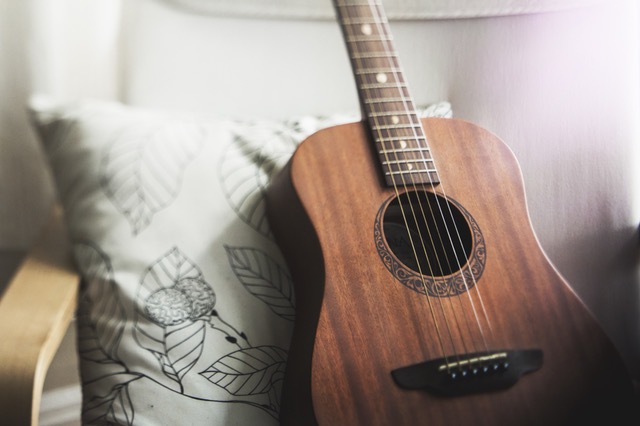
Buying your first guitar can be a confusing process as there are several different kinds of guitars, many different brands, and a large number of designs. The array of choices can make you hold off on your purchase and lose interest in the hobby before you’ve begun. To help you make a confident and informed decision, this article discusses five things to consider: price, style of music, availability for testing, condition of the instrument, and warranty.
Price
You will first have to consider your budget, as guitars range from $100 to $100,000. I like to think of prices as being in the budget ($100-$300), hobbyist ($300-$800), professional ($800 - $2000), and collectors ($2000 and above) ranges. Since you’re most likely a beginner, considering you’re reading an article on buying your first guitar, I’ll focus on budget and hobbyist instruments.
Acoustic guitars
For budget range acoustic guitars, a brand that I recommend for its affordable, yet reliable, acoustic guitars is Cort Guitars. Cort also makes hobbyist to professional range instruments, but its budget range acoustic guitars are exceptionally well-made compared to many other brands. Other brands for good quality budget range guitars include Epiphone, Yamaha, and Ibanez.
Once we get into hobbyist range acoustic guitars, the number of brands increases. All the previous brands from the budget range acoustic guitars have capable hobbyist range guitars. Other brands that you can check out at this price range include Martin, Taylor, and Fender. I’d normally check out Martin and Taylor guitars, but it is my personal preference.
Electric guitars
Budget range electric guitars include guitars from Squier, Epiphone, and Jackson. At this price range, I prefer Squiers, because its guitars suit the style of music that I like to play.
Hobbyist range electric guitars can get a little overwhelming as many brands produce decent hobbyist range guitars. The brands that I look out for at this price range include Fender, Squier, Epiphone, Gibson, PRS, and Ibanez.
Classical guitars
The two brands of classical guitars that I recommend for both the budget and hobbyist range prices are Yamaha and Cordoba.
Second-hand guitars
You may also consider second-hand guitars. Many guitarists do so, but you will have to know how to look out for flaws. You can often find guitars at half their original price if you go the second-hand route.
Spend some time researching guitars at different price ranges to get a good idea of how much you can expect to spend. My favourite website for checking out second-hand and brand new gear is Reverb.
Style
Different guitars fit different genres. For example, a classical guitar fits the classical genre better than an electric guitar does. You can also observe the guitars used by your favorite musicians and proceed from there.
Availability for trying out
Trying out the guitar before buying it can help you make a better decision; most guitar shops have display models in their showrooms. If you’re buying a second-hand guitar, ask if you can try it out first.
When trying out a guitar, first get a feel of the instrument. Does it feel comfortable in your hands and against your body? Some people prefer smaller guitars, and some prefer bigger ones. The next thing to feel is the neck. Do you like how it fits in your left hand, or does it feel a little too chunky?
Next, try strumming some chords to listen to the sound. If you don’t know how to play any chords at this point, ask a store assistant to help you out. Most of them are musicians and will gladly help you strum a few chords for you to listen to the sound.
Finally, do you like the look of the guitar? There are many different shapes and sizes of guitars, and while the shape and size does affect the sound of the instrument to some degree, equally important is whether the instrument is visually pleasing to you.
Inspect the instrument
Just like how you’d inspect an expensive shirt you buy from a store, you should inspect your guitar before buying it. Look out for any cracks, scratches, dents, rust, etc. Try playing every note on the fretboard while listening out for fret buzz or any other weird noise.
For acoustic and classical guitars, you should be especially wary of humidity damage. A guitar that has been stored in a humid room might have a bloated and warped body, while a guitar that is too dry might have a sunken body, or even worse, cracks.
Warranty
The last thing to consider is whether the guitar comes with a warranty. Some stores provide an in-store warranty, which is always a plus. Otherwise, most of the big name brands provide a warranty.
Welcome to the club!
Finally, congratulations on purchasing your first guitar! I’d first like to welcome you to the club and wish you a pleasant musical journey. There will be ups and downs, but if you stick with it, you will find fulfillment like no other from your instrument.
Ready to learn the guitar?
Start learning with our 30-day free trial! Try our guitar courses!
About Liberty Park Music
LPM is an online music school. We teach a variety of instruments and styles, including classical and jazz guitar, piano, drums, and music theory. We offer high-quality music lessons designed by accredited teachers from around the world. Our growing database of over 350 lessons come with many features—self-assessments, live chats, quizzes etc. Learn music with LPM, anytime, anywhere!


